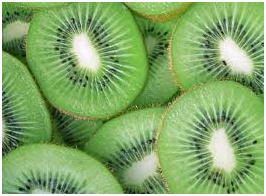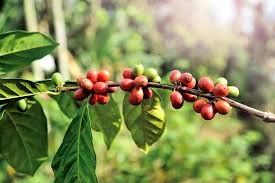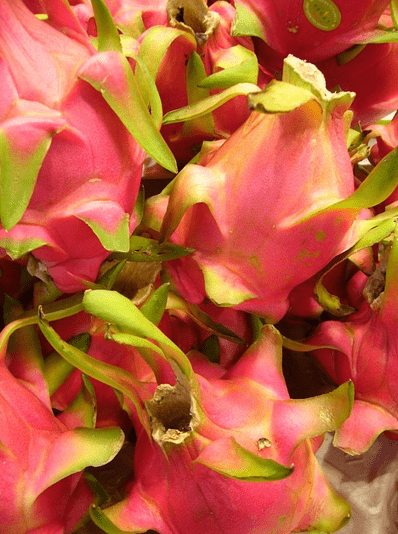Raw or fried, orange or green…
Papaya is a controversial fruit (it is a fruit and is not considered a vegetable because it contains seeds). Columbus tasted it and declared it "the fruit of the angels", while others claim that its taste is quite similar to a melon and therefore the need for all the excitement around it is not clear. And there are those that can’t stand it at all – not the smell or the taste (perhaps Columbus' culinary sensitivity was enhanced after a long stay on a ship, with a rather limited variety of the menu?). In short, the intensity of the argument about the papaya is only half of that related to the taste and smell of guava – but they are both colored orange…

The papaya is common in countries with a tropical climate, where it propagates quickly and also grows rapidly to a high height. The tree can reach a height of 8 meters (In fact, this is also controversial according to Jewish halacha… It is not exactly a tree, although it looks like a tree, but rather a perennial herbaceous plant with a single trunk). In Israel, papaya cultivation has known many struggles with pests and diseases until several species suitable for the local climate were developed. These species yield elliptical fruit, orange when ripe, and with a delicate sweet taste. One of the species, Aurora, is seedless, although the seeds also have uses and nutritional benefits – more about that later.
What is in it?
If the organic papaya has not yet been entered into the organic fruit “super-food” club, this is definitely the time to give it an entry ticket. There are so many beneficial qualities in a papaya that it is worth knowing the good ingredients that it contains – and knowing why we should eat it.
First, organic papaya has pectin – it is the same substance that grandmother used to make jams. If you wondered why you were told not to throw away apple seeds but to put them in a cloth bag and into the pot of boiling fruit, the reason is that they contain pectin, which is effective in thickening jams. Nowadays you can send grandma to the nearest special foods store that sells pectin powder and stop eating apples. (Just kidding – you should eat apples) Papaya also contains nutritional fiber, which is good for the acceleration of the digestive process.

As far as vitamins, papaya contains vitamin A and C (which is good for both our eyesight and the immune system, which is happy for any support it can get in the face of the sneezing and coughing masses at this time of year). Another important ingredient in papaya is lycopene, which is also found in tomatoes, and which reduces the risk of cancer (because the phytochemicals in it enhance the T cells of the immune system which attack cancer cells, and also because its juice helps decompose protein hence helping the digestive system speed up its processes), heart disease, diabetes and even facial wrinkles. As a facial treatment, by the way, you can rub a slice of organic papaya on the skin – the ingredients are a gentle natural peeling that slightly dissolves the layer of dead cells from the skin.
Another substance in organic papaya is carpine, which is good for fighting parasites (as witnessed by travelers in South America who used papaya to remove unpleasant worms from their bodies), and of course papain (notice that some fruits and vegetables are named after the active ingredient in them, or vice versa? Carrot has carotene, and Papaya-Papain). This miracle material helps not only to raise the mood, but there are those who claim that it helps to calm the intensity of morning sickness during pregnancy, to soften meat and to treat stings and burns of animals such as bees and jellyfish (because their venom is a protein molecule, and papain helps decomposing proteins quickly). So next time you're at the beach and no one volunteers to pee on the mark that a jellyfish left on your leg – try papaya.
What do you do with it?
You can cut it in half, remove the seeds and use it as a receptacle for chopped fruits.

You can dry the seeds, grind and use them as a spice (something between black pepper and mustard seeds). You can eat it raw, add it to salad, roast it in honey and cinnamon, make an exotic organic fruit smoothie or add it to an exotic fruit salad that is sour-sweet-spicy. Here is a recipe:
https://food.walla.co.il/item/1109005
To health!
Yours,
Maggie and the garden team
We can expect in our organic boxes this week (draf only):
Potatoes
Onions
Cuccumbers
Tomatoes
Lettuce
Celery
Fennel
Cabbage
Broccoli
Sqashes
In the large Organic Boxes, also:
Kohlrabi
Cauliflower
Beets
Parsley
In the fruit baskes:
Papaya
Bananas
Oranges
Clemintines
In the large fruit baskets:
Grapefruits
Clemintines
Pomelo










